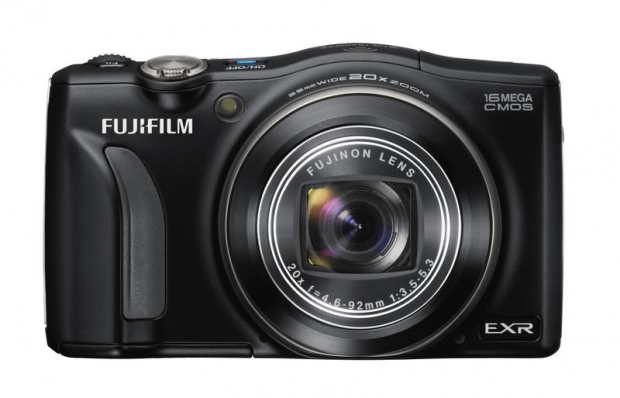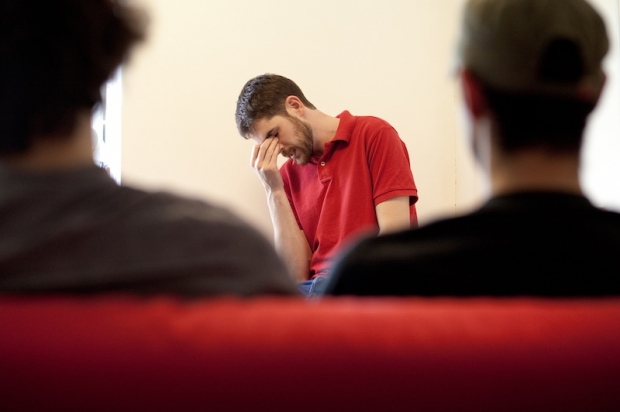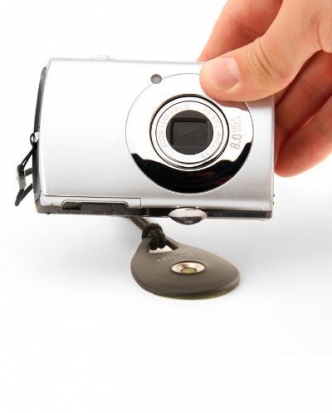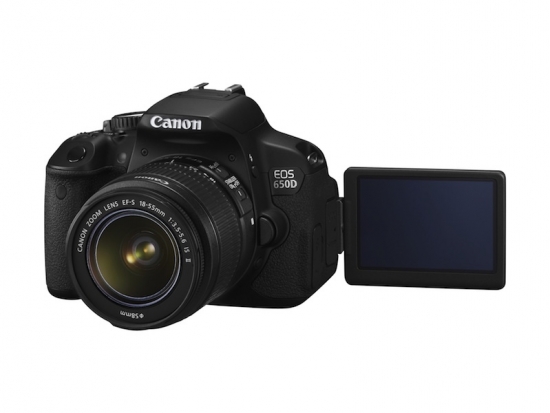
I seem to be doing okay with my current camera. Do I really need a new one?
Rampant consumerism; it's well, rampant. Apple releases a new iPhone every year; in January, Fujifilm announced 27 new compact cameras (yes, 27, go check it out if you like, I'll be waiting when you get back); we've lost track of the numbers in the Lumix G-series; and if Canon doesn't come up with a 70D in time for Photokina, I'll be a bit surprised. (I could be wrong, though, so don't lay money on it on my account.) New products are the bread-and-butter of my writing on Pixiq, and don't for one moment get me wrong; I'm fascinated by the advances that we've made in camera technology and I cannot wait to see where we get next. However, an email that I received today, alerting me to Canon's announcement of its corporate social responsibility plan, got me thinking.
Every camera that rolls off of the production line has a huge impact on the environment, and in fact on communities far from where it was made or where it will eventually end up. They comprise thousands of parts made from hundreds of different materials. But have you ever considered where they come from, how they're made, and what happens to them when we decide that they're obsolete - something that happens far too quickly? You've probably heard of conflict minerals, but do you know how many are in your camera? Any idea what a rare earth element is? Do you know anything about the major manufacturers' dedication, or lack of it, to their corporate social responsibilities?
Put it this way, it is admirable that Canon has published a document that holds it to some kind of standard, but I don't think it went far enough. There's more to being environmentally aware than agreeing to reduce your carbon dioxide emissions, as necessary as that is; and social responsibility goes a heck of a lot further than being able to further the artisitic endeavours of the people who buy their products.
For the record, none of this is about wanting to hold back development or somehow artificially suppress the advance of technology. My phone today can do things that I could scarcely dream of when I picked up my first one 16 years ago, and that's truly marvellous; I sit awestruck at the advances I've seen in camera technology since I switched from analogue to digital. But somehow, we need to make our hunger for gadgets and the relentless cycle of new products sustainable, because right now, it isn't. This is more than just a mentality of buying something new rather than repairing it, and whilst it encompasses the desire to always be in possession of the most up-to-date gadgets available, it goes deeper than that. This one really is about life and death, and not just death from embarrassment because you still use an iPhone 3G.
If you've never thought about what goes into your camera and where it comes from, sit down, take a deep breath, and read on. It might not be pretty, but I hope it's thought provoking.
Rare earth elements
First of all, we should clear up the misnomer around 'rare earth', because this group of 17 metallic elements aren't that rare at all. Cerium's more common than copper. It's just a name that they happened to end up with after the discovery of yttrium in 1787 by a Swedish military officer. They're lightweight, unusually strong, and magnetic, qualities that make indispensable in electronic gadgetry.
It's not just europium and terbium that are used in the screens on our cameras, the samarium-cobalt magnets that control our shutters, or the bundle of others that are melted into circuit boards, though. Lanthanum oxide is used in lens production to help prevent distortion, too. In minuscule quantities, our cameras are riddled with rare earth elements.
So what's the problem with the rare earths? Whilst they might not be rare in general, they are rare in large concentrations. When they are found in concentration, it is usually in proximity to radioactive elements uranium and thorium, making them dangerous and expensive to mine.
At the end of 2011, roughly 50% of the world's rare earth concentrations were in China, and China produces nigh-on 97% of the world's supply of rare earth elements. Not only do you have a single country responsible for the overwhelming production of a group of elements vital to just about any electronic gadget in current production, but this country also has a terrible record of human rights abuses. Mining; radioactive materials; near-monopoly; you join the dots.
Now add to this the prediction that China's own demand for rare earths will outstrip its potential supply within the next five years and you can see that there's a bit of a problem. As far as the UN is concerned we have to start recycling our rare earth elements more.
Conflict minerals
There's no misnomer to clear up here, conflict minerals are just that: minerals mined under conditions of conflict. Primarily this concerns mines in the eastern provinces of the Democratic Republic of the Congo, some of them under the control of the Congolese National Army, others rebel militias. It's isn't just that the profits from the mines are ploughed back into a continued and bloody war that's destroying a country and that there are the inevitable battles over the mines themselves, but that the mines exploit the local population mercilessly. Think forced labour, coercion, extortion, violence, and rape.
Coltan, or columbite-tantalite, is the ore from which tantalum is extracted. You'll find tantalum used in the manufacture of capacitors, whilst tantalum oxide is used to produce high refractive index glass. That, of course, is used in lenses.
Circuit boards are put together with solder, solder is made using tin, tin comes from cassiterite, and cassiterite is a conflict mineral.
Wolframite is a tungsten-bearing ore, with tungsten carbide being used in some electronic devices, but predominantly in drill bits and the milling process, because it's stupidly hard.
Finally, we get to the G of 3TG, as conflict minerals are sometimes known, gold. It's an excellent conductor, very ductile, has low toxicity, and is hard to corrode. You'll find it used in electrical contacts.
Thankfully, unlike rare earth elements, deposits of conflict minerals aren't limited to war-ravaged central Africa. There are extensive tantalum deposits in Australia, tin is found world-wide, tungsten has huge deposits in China, but can be mined elsewhere, and gold isn't exactly ubiquitous, but it's found in plenty more places than central Africa. The problem is how conflict minerals secrete their way into the market–you're dealing with warlords here, after all–and the inability, perhaps even the unwillingness, of buyers to attempt to trace the origins of their raw materials. It's a case of asking no questions and being told no lies. But that doesn't really help the DRC.
And everything else
Rare earth elements and potential conflict minerals comprise just a fraction of any camera or lens. There's also the plastics, the glass, the other metals, and the rubber, not forgetting the waste products like carbon dioxide. After they've been packaged and shipped, we charge them up with electricity and heaven knows how far we drive or fly to use them.
So what to do?
Without wanting to sound too much like the tree-huggy liberal that I am, it's something for which we all have to take responsibility: you, me, and the guys who run Olympus. As consumers, it's easy for us to say that we need manufacturers to do more–which, yes, they absolutely must do–but we need to take action ourselves. Manufacturers, if you happen to be listening, don't abrogate yourselves of responsibility by blaming consumers for their wanton desires and penny-pinching ways. You're people, too, and you live in this world.
I'm not nearly virtuous enough to say that I'm never going to buy another electronic device unless it comes with a certificate of guarantee that it's conflict mineral-free. At the moment, there just isn't a programme in place that can guarantee this. Besides, when you say something like that, you set yourself up for a monumental fall. I mean, I try never to eat Nestle products, but I'm sure that I must've slipped up at some point in the past 15 years or so. And I won't hold you guys to a higher standard than I can hold myself, either. I can, however, look out for producers that make more of an effort, and all of them can start asking more questions of their suppliers.
But the disused iPod, the broken down iBook, the drawer full of obsolete mobile phones dating back to 1996, and the heaven-knows how many cameras that I keep 'just in case' could all be recycled.
I've been contemplating a new dSLR for a while now, but do I really need one? How much of my desire for more megapixels, for faster frames per second, for increased sensitivity is driven by tech lust, and not because I actually need these things and my current model is, in fact, adequate? How much of this is going to have a discernible impact on my photography, as opposed to me reading more, shooting more, and evaluating better? For any photograph, the photographer is the critical factor and not the camera. Upgrading your kit won't make you a better photographer or make you take better images; that's down to your skill and talent not your camera's spec.
If and when the time comes for me to upgrade, what will I do with my old camera? There are better options than leaving it in my store in the studio. It's perfectly saleable on the secondhand market.
Wouldn't it be great if manufacturers gave more consideration to product cycling, and provided easy means to recycle their products, too? 'Here, Canon, I'd quite like to upgrade my S90 to an S100. Why don't you give me some money towards the new one, and strip the old one for parts?' Everyone wins there, me, Canon, and the kids in the eastern DRC.
We need to ask more questions, and not pretend that these are problems that don't exist; we need to be more discerning; and, yes, we all need to be a little less greedy: consumers for the latest bit of tech and corporations for the last penny of profit. It won't hurt, I promise.
I used heaps of sources in writing this, most influential amongst them:






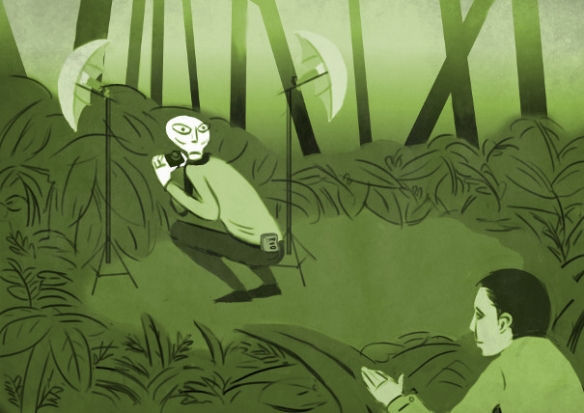
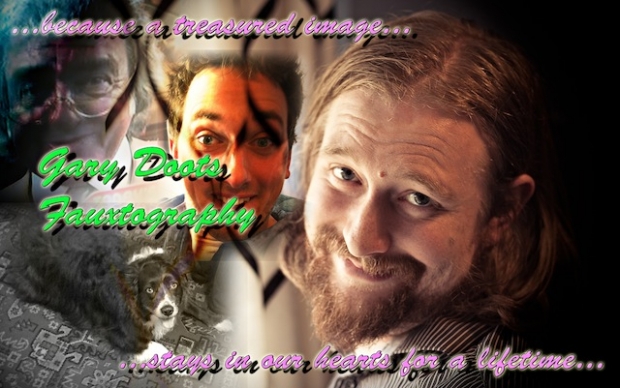
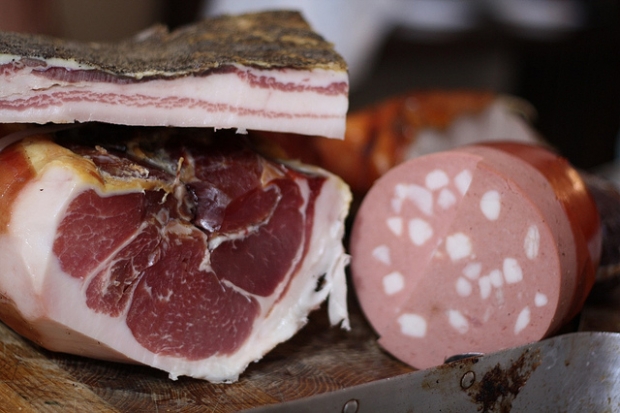
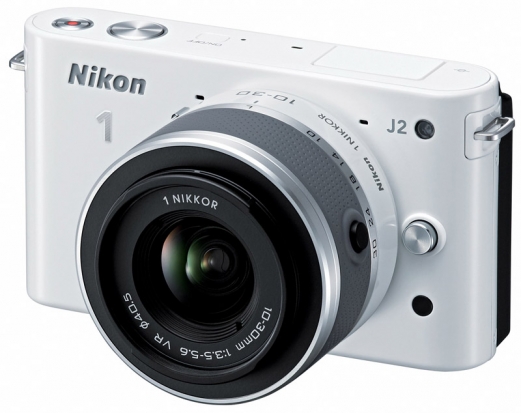

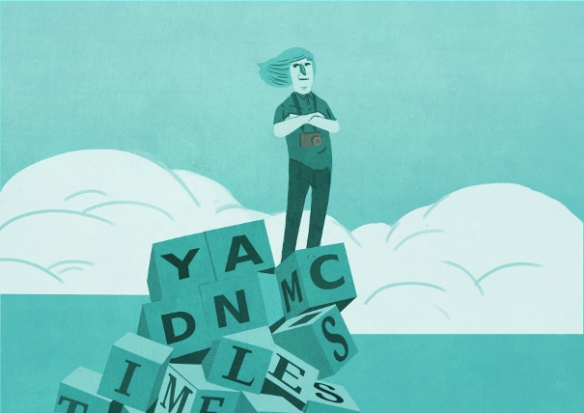

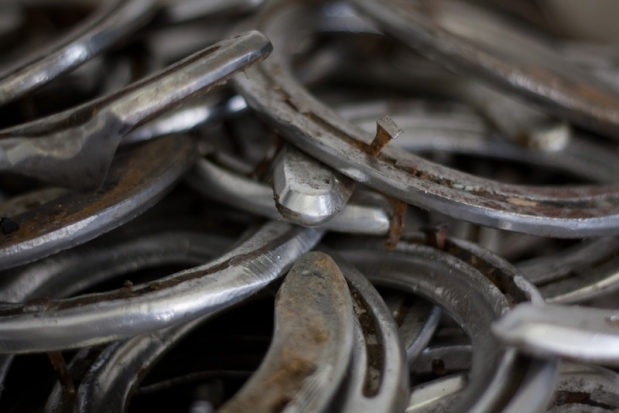
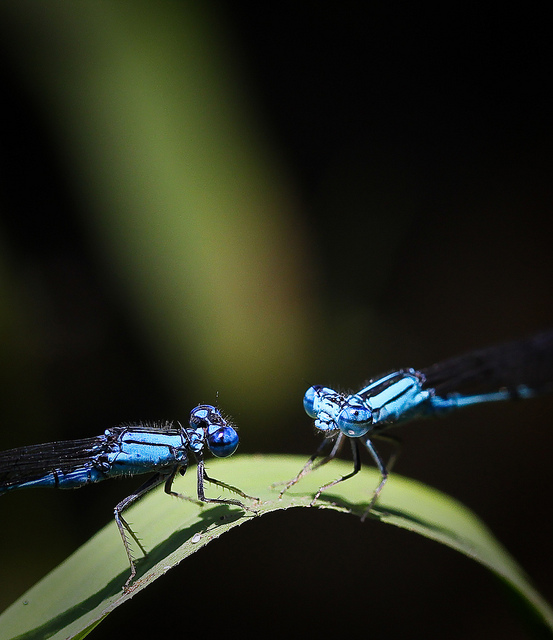



 Taking the images is the first stage in HDR photography. You can use a simple point and shoot camera or a fully configurable digital SLR camera camera.
Taking the images is the first stage in HDR photography. You can use a simple point and shoot camera or a fully configurable digital SLR camera camera.


